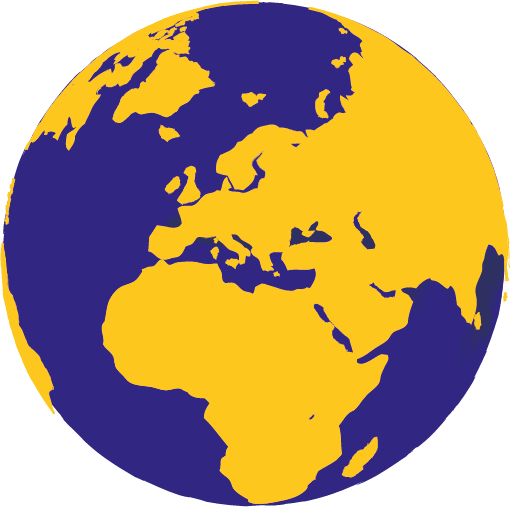The fall of the Berlin Wall in 1989 exposed the vast numbers of children who had been kept within institutions in countries that had previously been hidden behind the 'Iron Curtain.' The shocking images of silent and emaciated children in countries such as Romania instigated an outpouring of charity from well-meaning groups and individuals, as well as the EU overseas aid programmes and the World Bank.
But the investments in improving the system did not result in significantly improved outcomes for children, because of the nature of institutionalisation itself. Efforts to improve the institutions might have made a difference in terms of helping children survive, but did little to improve their quality of life.
This report examines why children were and still are sent to institutions, the harm that they cause, and why this system of care must change. It also includes recommendations for The European Union on how it can play a pivotal role globally in addressing the deprivation of children’s liberty.


